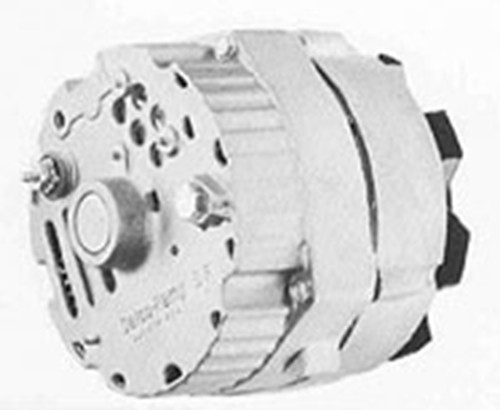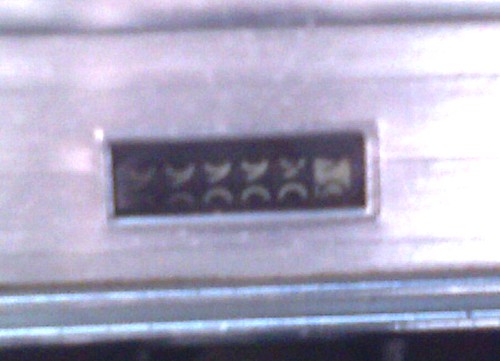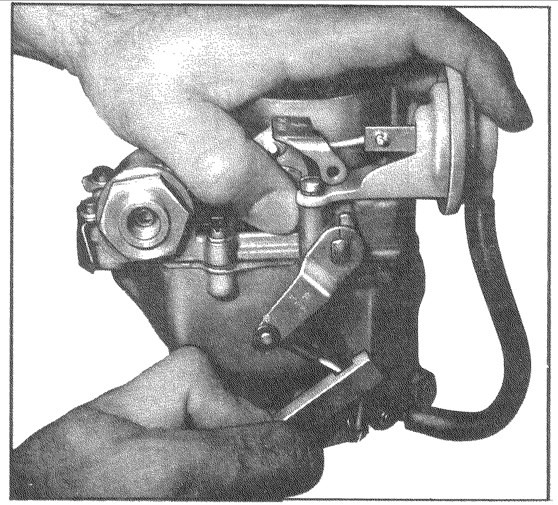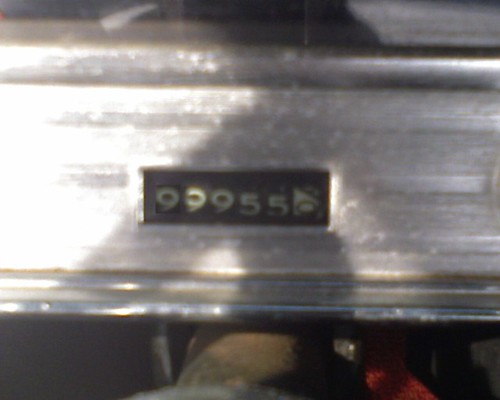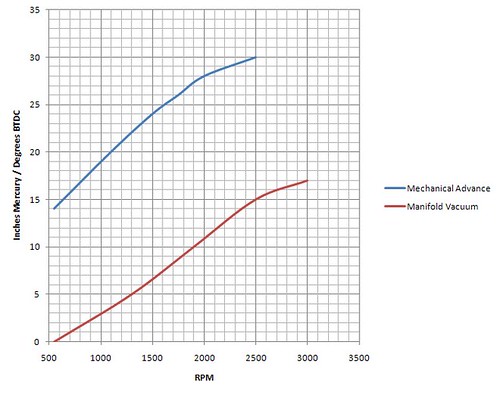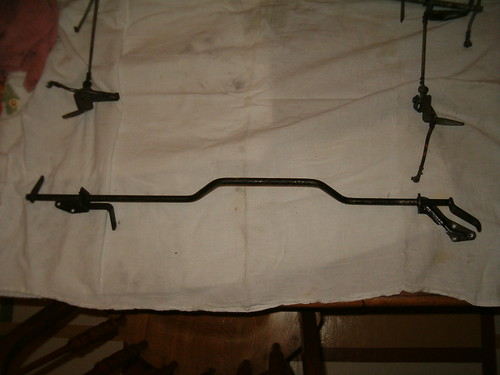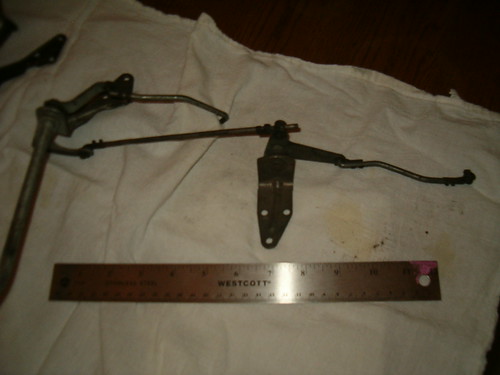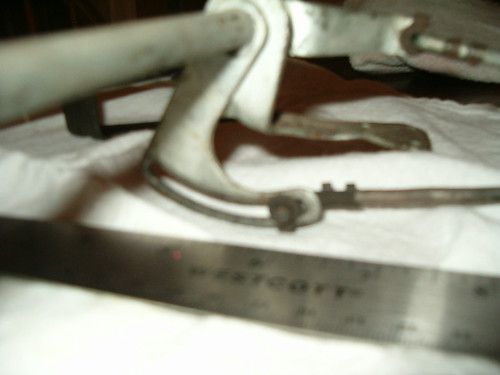 Last week a passer-by informed me that Lucy’s right rear brake/turn signal light was not working. So Friday afternoon I spent some time supposedly fixing the problem. Friday, for Baltimore, was a horribly windy day – no fun to work outside at all. Regardless, I pressed on checking things and trying to find where the disconnect was. I determined the bulb was fine and thought I’d verified that there was grounding at the socket. Then I made sure the 12V blinking voltage was getting out of the switch under the dash – it was. Finally, I verified the blinking voltage was getting to the contact in the bottom of the socket – it was. Irr. Nothing appeared amiss. I re-checked ground at the socket, and now it was NOT working. Double-irr. So I removed the assembly from the car and found the ground wire I’d installed a while back was not properly contacting the socket’s body. It was time for a more reliable fix. I cleaned the wire, made sure it’s other end was still connected to ground, crimped on a ring terminal, drilled a hole in the socket, and attached the terminal to the socket with a tiny screw. With a reliable ground established, I reinstalled the assembly, inserted the bulb, and verified all was good. After putting away the tools I ran into the house to thaw out. After changing back into clean clothes so I could swap Lucy for the lovely Loriann’s PT Cruiser (that vehicle was my Saturday morning project to get its power steering functioning again), I went outside. I decided to double-check my lights before moving Lucy out of the driveway and found that the right rear light wouldn’t work again. At that point, I decided I’d had enough fun working on cars, and gave up for the day.
Last week a passer-by informed me that Lucy’s right rear brake/turn signal light was not working. So Friday afternoon I spent some time supposedly fixing the problem. Friday, for Baltimore, was a horribly windy day – no fun to work outside at all. Regardless, I pressed on checking things and trying to find where the disconnect was. I determined the bulb was fine and thought I’d verified that there was grounding at the socket. Then I made sure the 12V blinking voltage was getting out of the switch under the dash – it was. Finally, I verified the blinking voltage was getting to the contact in the bottom of the socket – it was. Irr. Nothing appeared amiss. I re-checked ground at the socket, and now it was NOT working. Double-irr. So I removed the assembly from the car and found the ground wire I’d installed a while back was not properly contacting the socket’s body. It was time for a more reliable fix. I cleaned the wire, made sure it’s other end was still connected to ground, crimped on a ring terminal, drilled a hole in the socket, and attached the terminal to the socket with a tiny screw. With a reliable ground established, I reinstalled the assembly, inserted the bulb, and verified all was good. After putting away the tools I ran into the house to thaw out. After changing back into clean clothes so I could swap Lucy for the lovely Loriann’s PT Cruiser (that vehicle was my Saturday morning project to get its power steering functioning again), I went outside. I decided to double-check my lights before moving Lucy out of the driveway and found that the right rear light wouldn’t work again. At that point, I decided I’d had enough fun working on cars, and gave up for the day.The next morning, I got up early and donned my grungies. After removing the lens, I found the bulb was loose in the socket. I pulled the assembly apart, slightly crimped the socket, and pulled on the contacts with a needle-nose pliers. After reinserting the bulb it worked. Hallelujah. So everything went back together again, and it’s still working.
On to the other part of today’s posting. Inspiration. Maybe that’s not the right word. Maybe it should be “fear”. I need to make some significant repairs to Ringo’s body. Repairs that affect his structural alignment, and frankly I’m concerned about the end results. I’m going to cut out and replace both rocker panels – these are the main structural elements that keep the car in shape. I’m planning on doing lots of measuring and I’m prepared to do some pulling and pushing to keep the door openings square. This is still a major undertaking, and I really need to get off the stick and get going. I feel badly that Ariel has been without her car for so long, and I want to move on with other projects. I just need to DO IT! Hopefully things will get rolling tonight.


